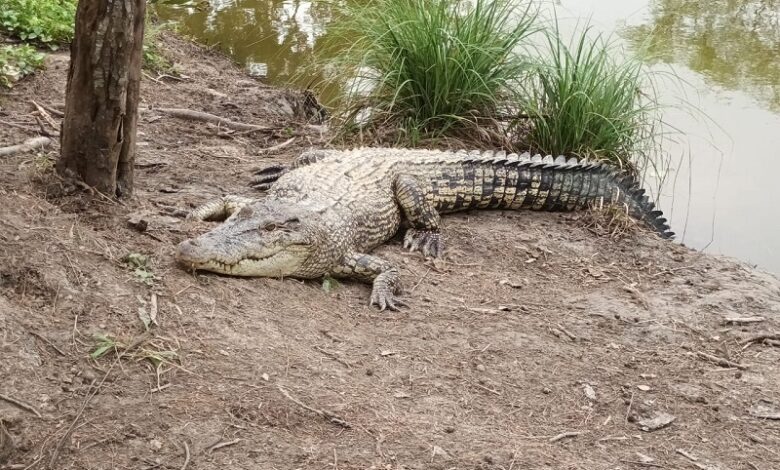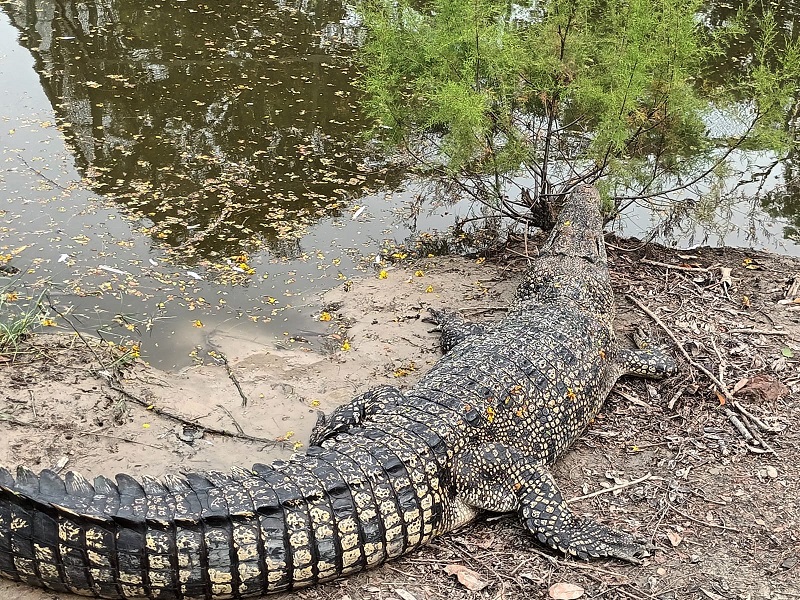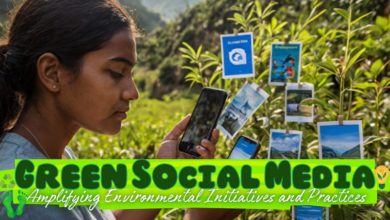Wildlife trade and trafficking from the perspective of biodiversity conservation


Saikat Kumar Basu
Wildlife trade and trafficking refer to the illegal buying, selling, and exchange of wild animals and their derivatives, such as skins, feathers, bones, and other products. This illicit trade is a significant global issue that poses serious threats to biodiversity, ecosystems, and the survival of many species. It involves both flora and fauna, but in this response, I’ll focus on wildlife trafficking related to animals.
Key points about wildlife trade and trafficking:
- Scope and Reasons: Wildlife trafficking is a lucrative and widespread criminal enterprise that occurs both domestically and internationally. It is driven by various factors, including demand for exotic pets, traditional medicine, fashion items (e.g., fur coats), and souvenirs made from animal parts. Some animals are also trafficked for use in entertainment, like performing in circuses or shows.
- Impact on Biodiversity: Wildlife trafficking has severe consequences for biodiversity and ecosystems. Many trafficked species are already endangered or vulnerable, and their removal from the wild can disrupt food chains, reduce genetic diversity, and weaken ecosystems. If not properly managed, this can lead to imbalances in nature and the decline of entire species.
- Illegal Trade Routes: Wildlife trafficking networks often operate across borders, making it challenging for law enforcement to combat the issue effectively. These networks are well-organized and exploit loopholes in legal systems and corruption, which further complicates efforts to stop the trade.
- Environmental Consequences: Trafficking involves smuggling animals, often in inhumane conditions, which can result in the spread of diseases among species and even to humans. Additionally, trafficking may lead to the introduction of invasive species to new regions, causing harm to native wildlife and ecosystems.
- Impact on Local Communities: Wildlife trafficking can have negative effects on the livelihoods and safety of local communities. In some cases, it can foster conflict between communities involved in trafficking and those working to protect wildlife.
- Legislation and Enforcement: Many countries have laws and international agreements in place to combat wildlife trafficking, such as the Convention on International Trade in Endangered Species of Wild Fauna and Flora (CITES). However, enforcement remains a challenge, especially in regions with limited resources and political instability.
- Conservation Efforts: Alongside law enforcement, conservation organizations and governments work to combat wildlife trafficking through various means, including education, community engagement, habitat protection, and rehabilitation and release of confiscated animals.
- Consumer Awareness: Raising awareness about the consequences of wildlife trafficking is crucial to reducing demand. Responsible consumer choices can have a positive impact on curbing the illegal trade.
Overall, addressing wildlife trade and trafficking requires a multi-faceted approach involving international cooperation, stringent law enforcement, conservation efforts, and public awareness campaigns. By working together, we can help protect endangered species and preserve the Earth’s natural heritage for future generations.

Controlling wildlife trade and trafficking
Controlling wildlife illegal trade and trafficking is a complex and challenging task that requires a coordinated effort from governments, law enforcement agencies, conservation organizations, and the public. Here are some key strategies to help combat this issue:
- Strengthen Legislation and Enforcement: Countries should enact and enforce strict laws and penalties against wildlife trafficking. This includes creating specific laws targeting wildlife crime, increasing penalties for offenders, and establishing specialized law enforcement units dedicated to investigating and combatting wildlife trafficking.
- International Cooperation: Since wildlife trafficking is often a transnational crime, international cooperation is crucial. Governments should work together to share information, intelligence, and resources to track and dismantle trafficking networks that operate across borders.
- Improved Border Control and Customs: Strengthening border controls and customs enforcement can help prevent the illegal transportation of wildlife and wildlife products across borders. This includes the use of advanced technology, sniffer dogs, and trained personnel to identify and intercept trafficked animals and products.
- Public Awareness and Education: Raising awareness among the public about the consequences of wildlife trafficking can help reduce demand for illegal wildlife products. Education campaigns can inform people about the ethical and environmental implications of buying such items and encourage responsible consumer behaviour.
- Supporting Local Communities: Engaging and supporting local communities living near wildlife habitats is essential. By providing alternative livelihood options and involving communities in conservation efforts, the motivation to participate in illegal wildlife trade can be diminished.
- Conservation and Habitat Protection: Protecting natural habitats and implementing conservation efforts are essential in preventing wildlife trafficking. When habitats are preserved and well-managed, it becomes more challenging for traffickers to access and exploit vulnerable species.
- Wildlife Rehabilitation and Release: Rescued animals from wildlife trafficking need proper care, rehabilitation, and release back into the wild whenever possible. Wildlife rescue centers play a vital role in this process.
- Technology and Data Analysis: Advanced technologies like artificial intelligence, drones, and data analysis can aid in monitoring and identifying wildlife trafficking hotspots and patterns, helping law enforcement target their efforts effectively.
- Disrupting Online Platforms: Wildlife traffickers increasingly use online platforms for illegal trade. Collaborating with tech companies to monitor and remove illegal wildlife trade advertisements and listings can significantly curb the online trafficking of wildlife products.
- Tackling Corruption: Corruption within law enforcement agencies can hinder efforts to combat wildlife trafficking. Governments should work to root out corruption and ensure that those involved in protecting wildlife act with integrity.
- International Trade Regulation: Support and comply with international agreements such as CITES, which regulate the international trade of endangered species and their products.

Combating wildlife trafficking requires a sustained and comprehensive approach, involving a combination of legal, enforcement, educational, and conservation efforts. It is a global problem that demands cooperation and collaboration at national, regional, and international levels to protect our planet’s biodiversity and preserve threatened species for future generations.
Photo credit: Saikat Kumar Basu






